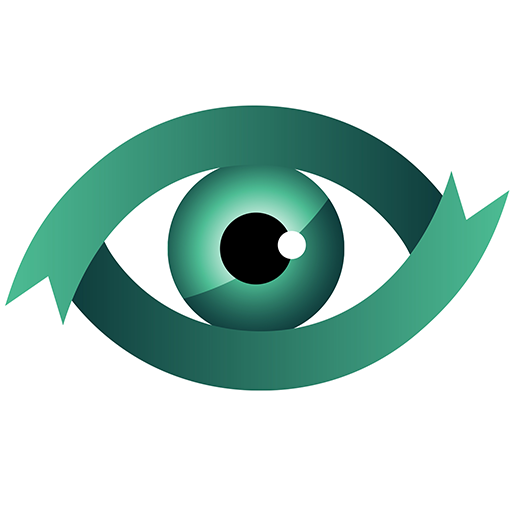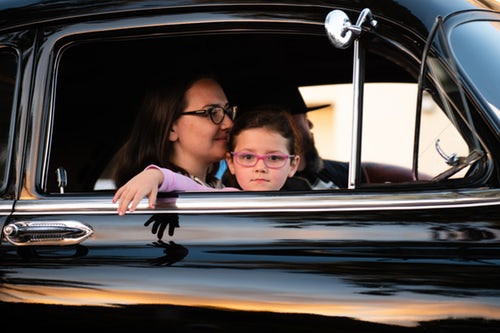Differences in Vision Between Adults and Children
Children and adults can both be affected by eye conditions such as nearsightedness and farsightedness, but there are differences between vision when it comes to age groups. There are many differences between adults and children developmental and health wise. Here are the main differences in vision and eye health between adults and children.
Depth Perception
Depth perception is not fully developed in kids until about four to six years of age. Until then, a child may have trouble noticing the gap between a step or a dip in the sidewalk. This lack of depth perception can explain that clumsiness children are known for. Adults have fully developed depth perception and are able to interpret the 3D world around them.
Sensitivity
Bright light is harder for young eyes to handle and adjust to. Particularly for infants, the pupils aren’t developed and therefore smaller. Smaller pupils mean the amount of light entering them is limited. However, both children and adults should wear protective eyewear when exposed to bright light.
Convergence
Children are not able to properly focus both eyes on an object simultaneously until about seven years old, which is referred to as convergence. Reading a book up close may be natural for an adult, but for a child, under seven years old it may be harder to focus. The child is still training their eyes to work together to focus on an object.
Eye Diseases
There are a few eye diseases that children are more at risk for than adults. Pink eye is one eye disease children are more at risk for, as it is very contagious and can spread at places like school or daycare. It can be especially hard to track a child’s activity and prevent them from touching the area around their eyes.
Early Correction
Children eight years old and under are able to correct vision problems early on that cannot be fixed as an adult. For example, a lazy eye can be either reduced or completely corrected. Or, more serious problems, such as a severe corneal issue or congenital cataract can be removed and treated. This difference between children and adults is important to note because of eye and vision problems can be treated and reduced early on.
It is very important to get regular eye exams, especially for children. Children’s eye is constantly developing and changing, and their vision needs to be the best it can be in order to perform.





No Comments